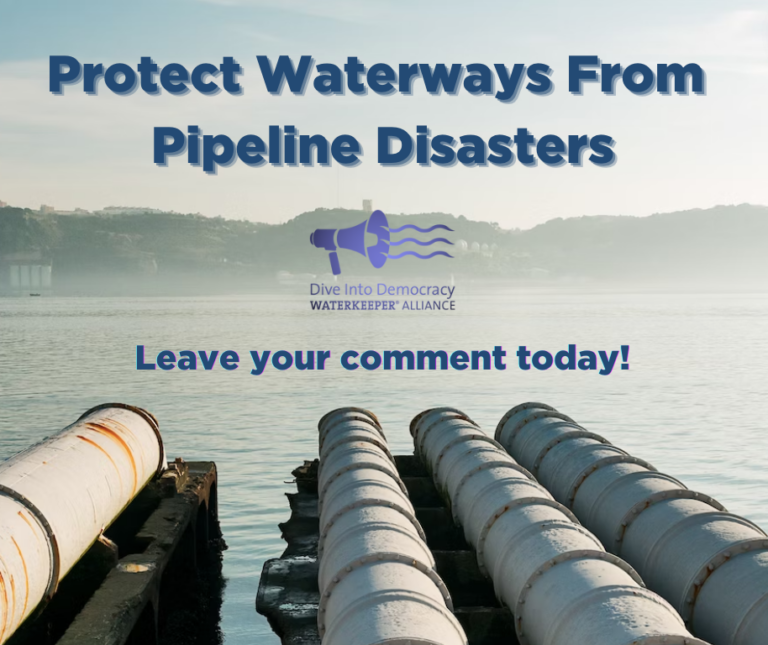Urge USDOT to Finalize the Strongest Possible Pipeline Leak Detection and Repair Standards
By: Thomas Hynes

The U.S. Department of Transportation (USDOT), by way of its Pipeline and Hazardous Materials Safety Administration (PHMSA), recently announced a proposed new rule that would dramatically improve the detection and remediation of methane and other leaks from pipelines.
The goal of this rule is to dramatically lower emissions of methane, the most climate destructive greenhouse gas, as well as other air pollutants that threaten public safety, from several million miles of gas transmission, distribution, and gathering pipelines, as well as hundreds of underground gas storage facilities and liquefied natural gas facilities. PHMSA projects that the rule could eliminate up to 1 million metric tons of methane emissions, 84 times more potent an accelerator of climate change than CO2 (roughly 25 million metric tons of carbon dioxide), the equivalent of removing 5.6 million gas-powered cars from the road.
We cannot meet our climate targets while undetected pipeline leaks, which EPA estimates are the source of 1/3 of the US fossil fuel industry’s methane releases, poison our atmosphere. This rule can finally help address one of the largest sources of methane emissions by simply deploying technology that already exists, requiring operators to conduct more frequent leak surveys, repair leaks identified on their systems more quickly, and to expand the amount of gathering lines that must be surveyed. Currently only 20,000 miles of the 435,000 miles of US gathering lines are required to conduct regular leak surveys.
Finalizing the strongest possible controls over methane pollution is critical to protecting our front line communities, as well as our essential water resources from the impacts of climate change. Unintended leaks and intentional releases from the more than 2.7 million miles of gas gathering, transmission and distribution pipelines that cross the US are a major source of methane emissions driving climate change. The pipeline rule-making that PHMSA has proposed, which will require pipeline operators to use existing advanced leak detection technology to find and fix more methane leaks within required time frames, has the goal of reducing methane emissions by up to 55%, eliminating up to 1 million tons in one year, 2030, alone. We urge the Biden administration to finalize these significantly more protective rules as soon as possible to enhance safeguards for frontline communities where gas gathering and transmission lines are disproportionately located, and to slow the pace of climate change, which is already adversely impacting those communities and their access to clean and sufficient water supplies.
This DOT rule making will fill a regulatory gap to require measurement of pipeline leaks and releases that currently relies on human detection, to utilize commercially available, advanced technologies to find and fix leaks. The new requirements would also require that leaks and intentional releases be addressed within fixed timeframes. Such regulatory requirements do not currently exist, allowing leaks even once detected to go unaddressed for months or longer.
Now is our chance to significantly step up the federal effort to substantially cut methane emissions in the short time we have left to meet our climate targets.
Urge USDOT to swiftly finalize the strongest possible pipeline leak detection and repair rule for the 3 million mile US pipeline network.